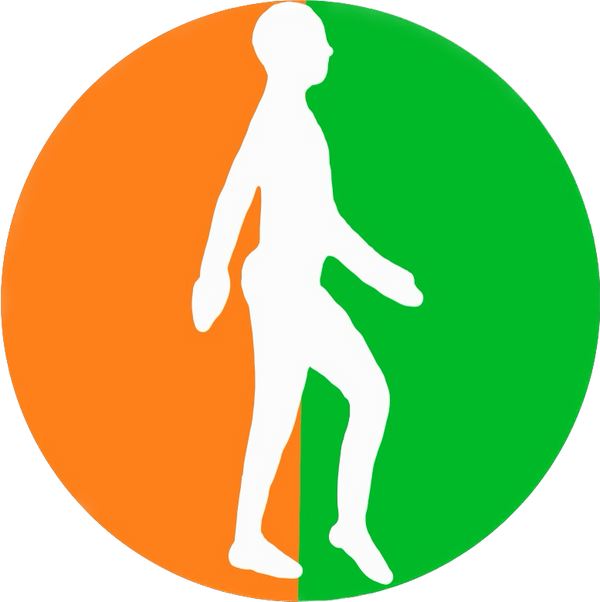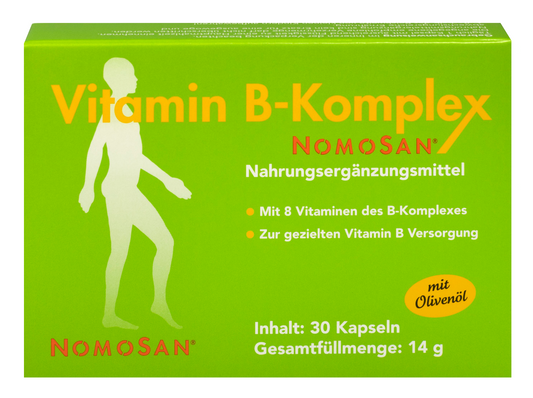The global increase in type 2 diabetes has fueled the search for natural approaches to prevent and treat the disease. In this context, a fascinating study comes into focus: "The significance of anthocyanins in the prevention and treatment of type 2 diabetes". Authors Dorota Różańska and Bożena Regulska-Ilow have conducted extensive research to discover how anthocyanins – those vibrantly colored compounds found in dark fruits and vegetables – could play a promising role in the fight against type 2 diabetes[^1].
Anthocyanins and type 2 diabetes:
Anthocyanins are plant compounds found primarily in dark fruits such as blueberries, blackcurrants and cranberries, as well as vegetables such as red cabbage, radishes and eggplant. These compounds belong to the group of polyphenols and, according to extensive research, may play an important role in preventing type 2 diabetes. Anthocyanins could regulate carbohydrate metabolism in the body and thus reduce insulin resistance.
Mechanisms of action:
The study suggests that anthocyanins could influence carbohydrate metabolism through activation of GLUT4 (insulin-regulated glucose transporter) translocation. This could lead to increased glucose uptake in tissues. Additionally, it was observed that anthocyanins could increase the activation of PPARγ (peroxisome proliferator-activated receptor-γ) in adipose tissue and skeletal muscle. This could increase the secretion of important proteins such as adiponectin and leptin, which influence metabolism. Anthocyanins could also reduce inflammation in the body.
Protection of the pancreas and insulin secretion:
The protective mechanisms that anthocyanins may provide to the pancreas are also important. The study suggests that anthocyanins may improve insulin secretion, which is of particular importance for people with type 2 diabetes. In addition, these compounds could also increase the uptake and utilization of glucose in tissues, which was observed in diabetic rats and mice.
Diet and Type 2 Diabetes:
Given these promising research results, the question arises as to how we can benefit from these findings. Anthocyanin-rich foods should be included in the diet of people with diabetes. Berries like blueberries and blackcurrants, dark vegetables like red cabbage and eggplant - all of these foods could play an important role in the prevention and treatment of type 2 diabetes.
The study by Różańska and Regulska-Ilow highlights the promising potential of anthocyanins in the prevention and treatment of type 2 diabetes. The research presented suggests that these vibrantly colored compounds could play an important role in the fight against this widespread disease. While further studies are needed to understand the mechanisms in more detail, anthocyanins already offer an exciting opportunity to naturally support diabetes prevention and treatment.
Sources:
[^1]: Dorota Różańska, Bożena Regulska-Ilow. "The significance of anthocyanins in the prevention and treatment of type 2 diabetes". PMID: 29521054, DOI: 10.17219/acem/64983.
Other topics:
Vitamin B complex
Vitamin B complex NOMOSAN® capsules - energy, vitality & mental well-being.
B vitamins support the
Energy metabolism, reduce fatigue and promote mental function.
-
Vitamin B complex NOMOSAN®
Vendor:Nomosan Nutraceuticals®Regular price From €12,90 EURRegular priceUnit price per

